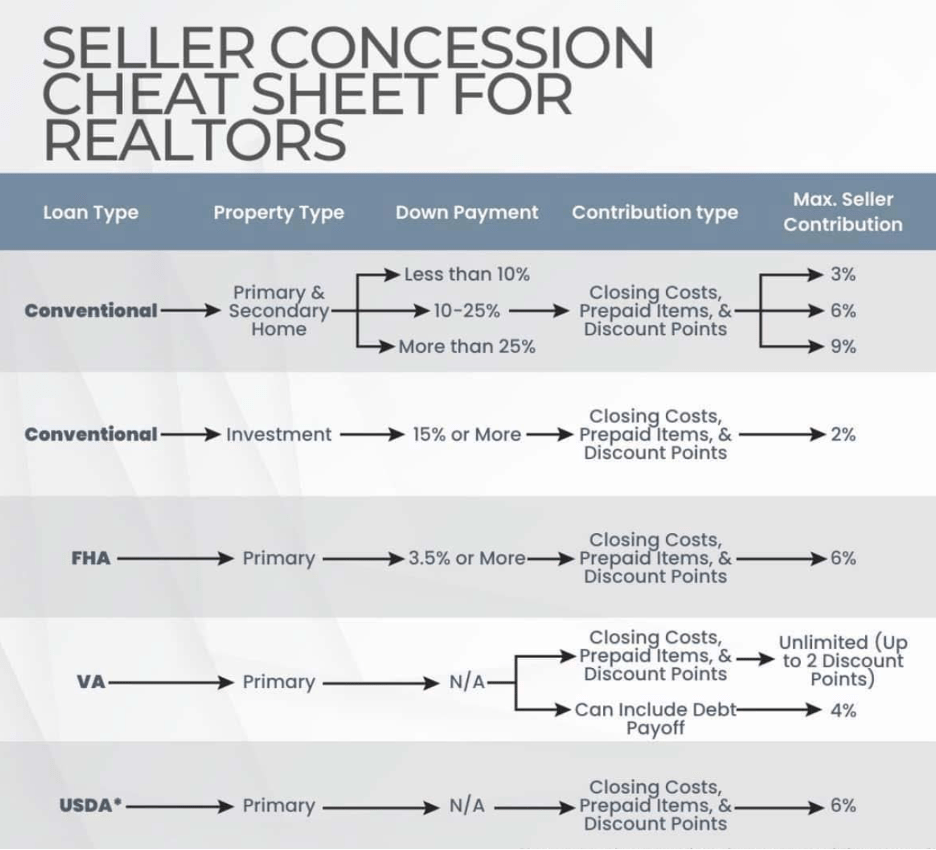The home inspection is one of the most critical steps in buying a home — but what happens after the home inspection is over?
Whether you’re a first-time buyer or a seasoned homeowner, understanding what happens after a house inspection can help you make smarter decisions, avoid costly surprises, and confidently move toward closing. In this guide, we’ll walk through every step of the process, highlight key decisions you’ll face, and explain how to negotiate like a pro.
Why the Home Inspection Is Just the Beginning
A home inspection gives you a detailed picture of a property’s condition. Licensed inspectors evaluate the structure, roof, plumbing, electrical systems, HVAC, and more. But the real work begins once the inspector hands you the report.
That’s when you, your real estate agent, and possibly your lender or attorney decide: What’s next?
Step 1: Review the Home Inspection Report Thoroughly
After the inspection, you’ll receive a written report—usually within 24–48 hours. This report may be dozens of pages long and packed with technical terminology, photos, and recommendations. Don’t skim it—read it carefully.
What to Focus On:
-
Major Safety Issues: Electrical hazards, mold, structural damage, radon, or asbestos.
-
Big-Ticket Repairs: Roofs, foundations, HVAC replacements, and plumbing overhauls.
-
Deferred Maintenance: Problems resulting from years of neglect—like peeling paint, rusting pipes, or outdated systems.
Pro Tip: If anything is unclear, don’t hesitate to ask your inspector for clarification. You can also consult contractors to get rough repair estimates, which will help in the next stage.
Step 2: Decide What to Do With the Information
This is where the phrase “after home inspection what happens” really starts to matter. Based on the report, you generally have four options:
1. Request Repairs
Ask the seller to fix specific items before closing. This is common for serious issues like leaking roofs, broken furnaces, or unsafe wiring.
2. Request a Price Reduction
Rather than having the seller handle the work, ask them to lower the sale price to compensate. This gives you control over how and when the repairs are done.
Remember: A $10,000 price drop might only lower your monthly mortgage by a small amount—but it doesn’t give you cash in hand.
3. Request Seller Credits at Closing
This lets you keep the sale price the same but receive money at closing to cover repairs. It’s a useful strategy if you need funds upfront.
⚠️ Be careful here: mortgage lenders often cap the amount of seller credits allowed. Check your loan program’s limits to avoid forfeiting extra funds.
4. Walk Away From the Deal
If the problems are too extensive—or the seller refuses to negotiate—you may decide to cancel the contract under your inspection contingency. This option is there to protect you.
Step 3: Draft a Clear Repair Request
Your real estate agent will usually handle this, but clarity is key. Vague language can cause misunderstandings or legal issues.
Instead of:
“Fix the furnace.”
Use:
“Repair the gas furnace to ensure proper heat function, as identified on page 14 of the inspection report.”
This request is submitted to the seller’s agent and becomes part of your purchase agreement. The seller may:
-
Agree to all requests
-
Offer a partial fix or credit
-
Refuse and let you decide whether to proceed
Step 4: Enter the Negotiation Phase
Negotiations after a home inspection are common. Stay calm, focus on essentials, and keep the deal moving forward.
Tips for Effective Post-Inspection Negotiation:
-
Prioritize: Don’t nitpick. Stick to safety issues, major repairs, or anything that significantly affects the home’s value.
-
Stay professional: This is a business transaction, not a battle.
-
Know the market: In a buyer’s market, you might have more leverage. In a hot seller’s market, flexibility could be your best bet.
Negotiation Outcome Examples:
-
$3,000 credit for roof repair
-
Seller agrees to replace a faulty electrical panel
-
Buyer accepts the home as-is and budgets for future upgrades
Step 5: Schedule a Final Walk-Through
Typically scheduled 24–48 hours before closing, the final walk-through gives you one last chance to confirm:
-
The agreed-upon repairs are complete
-
No new damage has occurred since the inspection
-
The home is in the condition outlined in your contract
Bring a copy of your inspection report and checklist with you. If something was missed or done poorly, now is the time to speak up.
Step 6: Close the Deal (or Reconsider)
If everything checks out, it’s time to sign your final paperwork, wire the funds, and get the keys.
Congratulations—you’ve made it from offer to inspection to successful closing.
But if something is wrong during the walk-through and the seller refuses to fix it, your agent may help renegotiate—or even postpone closing until the issue is resolved.
FAQs: What Buyers Ask After a Home Inspection
What happens after home inspection?
After the home inspection, you’ll review the report and decide whether to move forward, request repairs, negotiate a credit or price reduction, or walk away. Your next steps depend on the severity of the issues found and your contract’s contingency terms.
What should I do if the seller refuses to make repairs after the home inspection?
If the seller declines your repair requests, you can renegotiate for a price reduction, ask for closing credits, or—if your contract allows—cancel the deal. Consult with your real estate agent to determine the best course of action.
Is it common to renegotiate the purchase price after a home inspection?
Yes. Buyers often renegotiate the price or request seller credits after a home inspection uncovers costly repairs. This is especially common if the issues significantly affect the home’s value or require immediate attention.
Can I back out after a home inspection?
If your contract includes an inspection contingency, you can back out of the deal without penalty if the results are unsatisfactory. This clause protects buyers from being forced to move forward with a problematic property.
What’s reasonable to ask for after a home inspection?
Focus on major issues like roof damage, foundation cracks, electrical problems, or plumbing leaks. Cosmetic defects or small repairs are typically considered normal maintenance and are not usually negotiated.
Should I get a re-inspection after repairs are completed?
Yes. A re-inspection ensures the seller completed the agreed-upon repairs correctly before closing. It’s a small investment for peace of mind—and can prevent future disputes.
What happens if new issues are found during the final walk-through?
If new damage or unresolved repairs are discovered, you can request additional repairs, delay closing, or—in rare cases—cancel the contract. The final walk-through protects your investment right before you take ownership.
Final Thoughts
The home inspection is a powerful tool—not just a formality. It gives you leverage to negotiate, reassess, and protect your investment.
By staying informed, asking smart questions, and working closely with your agent, you can avoid unexpected pitfalls and move forward with confidence.
Related Posts

When to Walk Away After a Home Inspection: Key Red Flags and Smart Buyer Moves
Home inspections are a critical part of the homebuying process — and sometimes, they uncover more than you bargained for. In competitive markets,

What to Do If Your Mortgage Is Denied (And How to Spot the Warning Signs Early)
Few things are more stressful than having your mortgage denied right before closing or after pre-approval. Unfortunately, it happens more often than many

Step-by-Step Guide to the Homebuying Process
The home buying process may feel overwhelming, especially for first-time buyers. Fortunately, breaking it down into clear, manageable steps makes the journey far


